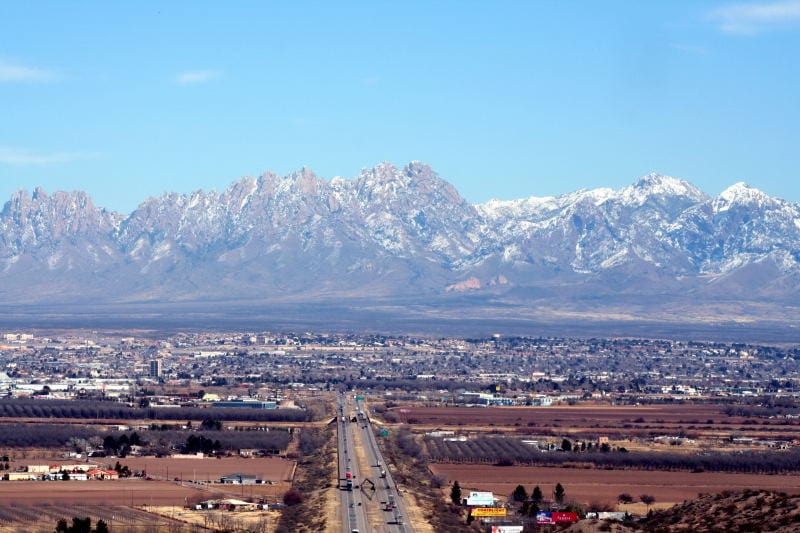Extreme weather is increasingly taking its toll on cities. Low-income communities, which may have fewer trees and parks and more paved surfaces than wealthier, greener neighborhoods, are often hit hardest by flooding and temperatures 5 to 8 degrees hotter on average.
Parks, trees, and other urban greening play an important role in mitigating climate change and building resilience to natural disasters. They cool the air, absorb rainfall and protect against flooding. For more information on funding specifically for stormwater management and green infrastructure, see the Stormwater Management section of the Equitable Funding Hub.
Extreme heat is the greatest climate threat to human health. It is the number one weather-related killer in the U.S. — deadlier than all other weather-related causes combined. Heat-related deaths are climbing in regions like the Southwest U.S., where they have risen as much as 5 times since 2014. Trees reduce heat up to 10 degrees depending on their size, type, and location, and parks can reduce heat by 10 to 20 degrees, depending on similar factors.
Natural disasters like heat waves and floods often prove the turning point for significant investments in parks and green infrastructure, but many cities, states, and regions now want to invest in preparing for and reducing the impacts of climate change, not merely reacting to it.
According to FEMA, for every $1 spent on mitigation, taxpayers save $4 in recovery costs. The following sources fund adaptation and resilience, as well as disaster recovery.
Climate change mitigation reduces greenhouse gas in the atmosphere, either by preventing its release, such as reducing vehicle emissions, or removing carbon from the atmosphere, such as with tree planting.
Resilience and Adaptation refers to the process of identifying threats and taking action to reduce to them. Protecting land and planting trees can prevent flooding and reduce heat.
Disaster Recovery is investment made to recover from disasters after the fact and efforts to prevent future disasters.


